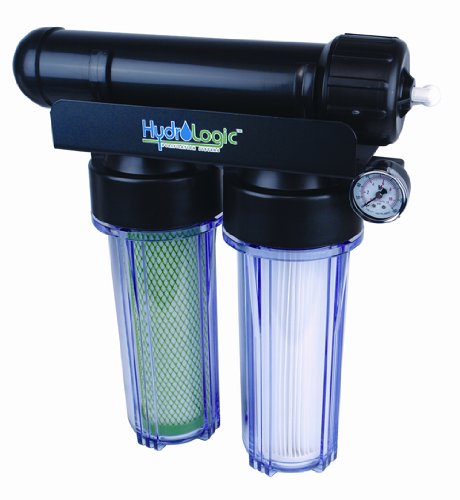so i bought an RO filter system. my city water is alright for making beer, but i wanted to make it better. so i bought this kit

http://www.amazon.com/Hydro-Logic-31035-100-GPD-Stealth-RO100-Reverse/dp/B002JLACGK/ref=sr_1_9?ie=UTF8&qid=1452016171&sr=8-9&keywords=ro+water+filter+system
So i collect to RO water and the waste water in a separate container. when i brew IPAs i usually use carbon filtered city water and 20% RO. How bad is the wasted water if i was going to use it for brewing? should be better than regular city water, right? its basically water thats been filtered from the RO and seperated.

http://www.amazon.com/Hydro-Logic-31035-100-GPD-Stealth-RO100-Reverse/dp/B002JLACGK/ref=sr_1_9?ie=UTF8&qid=1452016171&sr=8-9&keywords=ro+water+filter+system
So i collect to RO water and the waste water in a separate container. when i brew IPAs i usually use carbon filtered city water and 20% RO. How bad is the wasted water if i was going to use it for brewing? should be better than regular city water, right? its basically water thats been filtered from the RO and seperated.
Last edited by a moderator:


